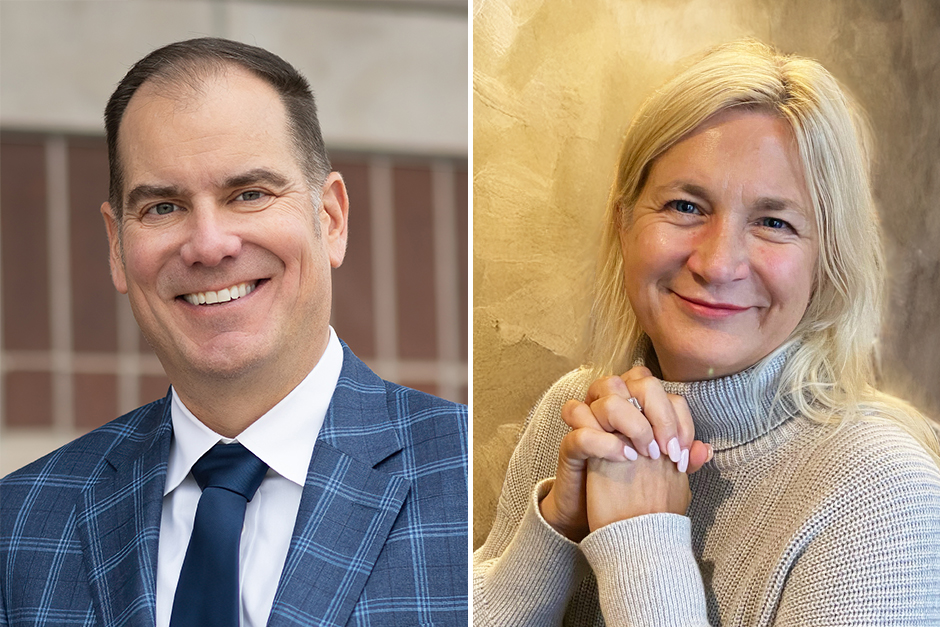Student research yields climate change clues
The front lines of climate change research increasingly include Cornell undergraduates, such as Brian Hoye ’06 and Megan Andresen ’06.

Hoye collected stalagmite samples from Goshute Cave in northern Nevada and dated them by analyzing their uranium and thorium components using mass spectrometry. Working with Rhawn Denniston, Cornell professor of Geology, Hoye’s research sought to draw a connection to Dansgaard-Oeschger events — 23 major and rapid temperature swings during the last ice age that have been identified from Greenland ice sheets.
Coupled with other chemical analyses of the same samples that yield temperature estimates, Hoye and Charles Trodick ’07 showed that the Nevada desert and Greenland experienced three major and rapid climate changes at exactly the same time. Hoye and Trodick were listed as co-authors of an article published in Geology, a leading geological journal.
Hoye refers to the summer as “one of the most memorable experiences during my time at Cornell because I was able fully immerse myself in the scientific process from beginning to end.”
Andresen, meanwhile, conducted research allied with Ben Greenstein’s long-term project examining the response of coral reefs to climate change. Greenstein’s work involves comparing modern coral reefs to those preserved in the fossil reefs exposed along the coast and islands of Western Australia.
Andresen examined skeletons of modern and fossil corals to determine the way in which they had been altered since they died. The degree of alteration is in part a response to the environment in which the corals lived, and Andresen’s results suggest that the fossil reefs occurred in an environment much like that present today.
“Doing research in Western Australia was an amazing, eye-opening experience, which provided me the opportunity to apply knowledge gained in the classroom to an actual scientific field setting in a remote, relatively unexplored region,” says Andresen.



